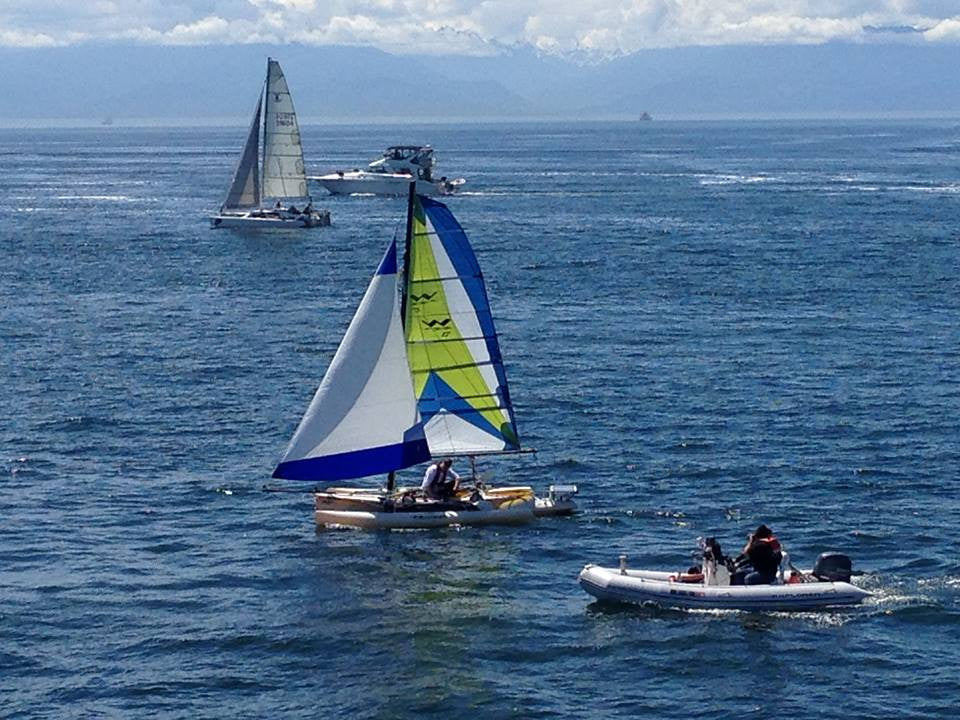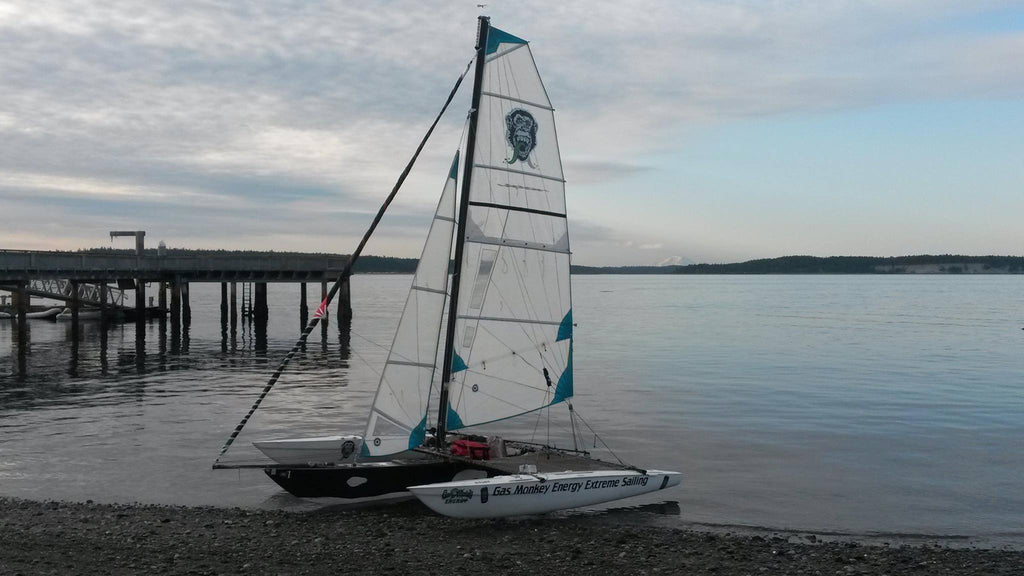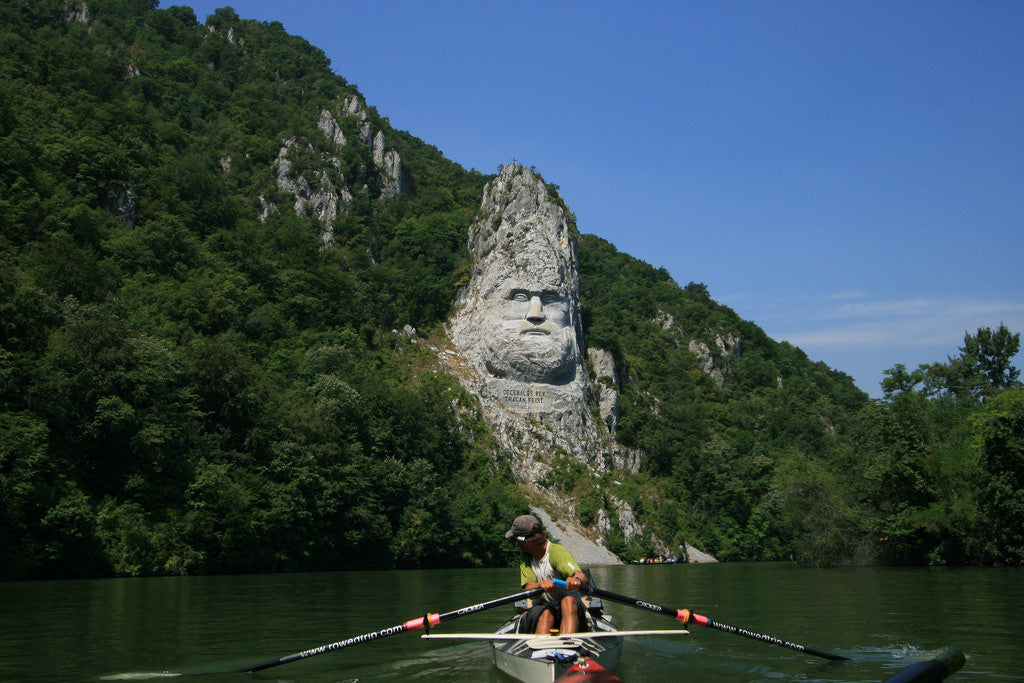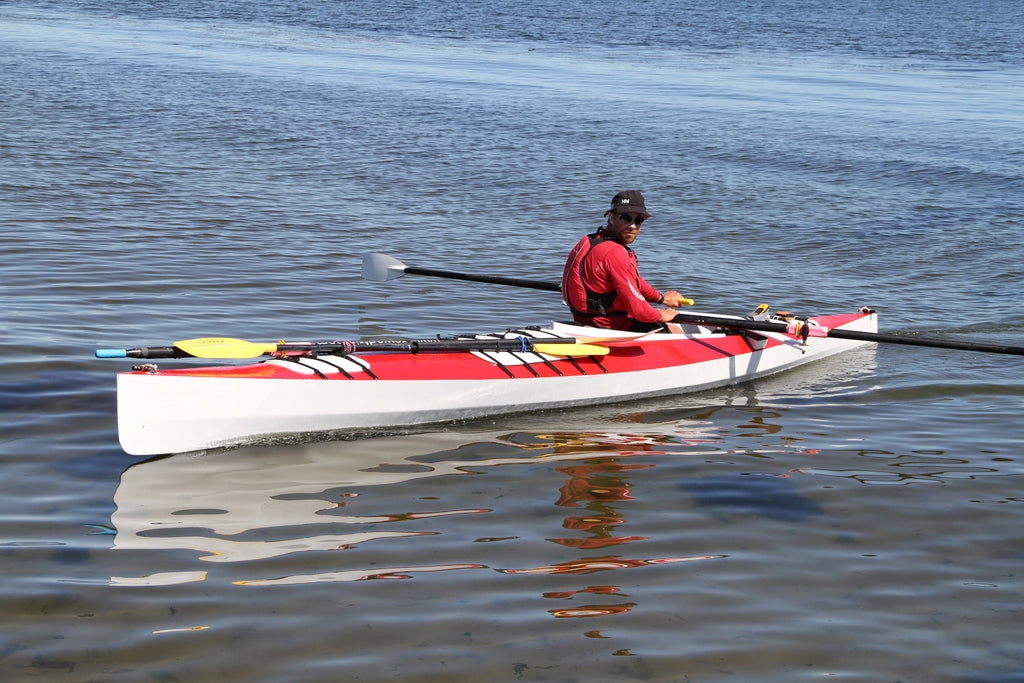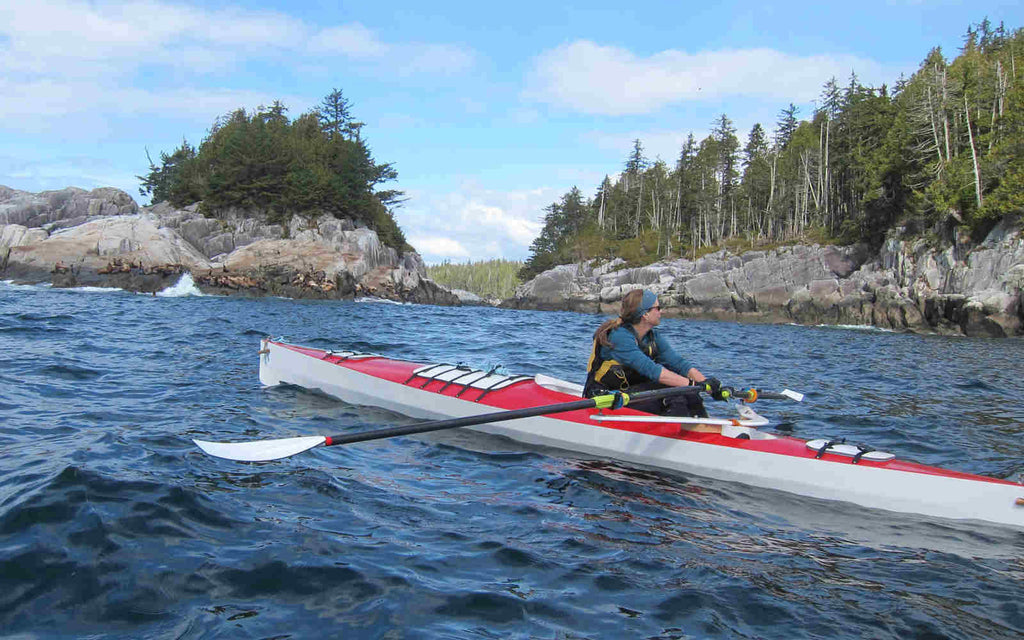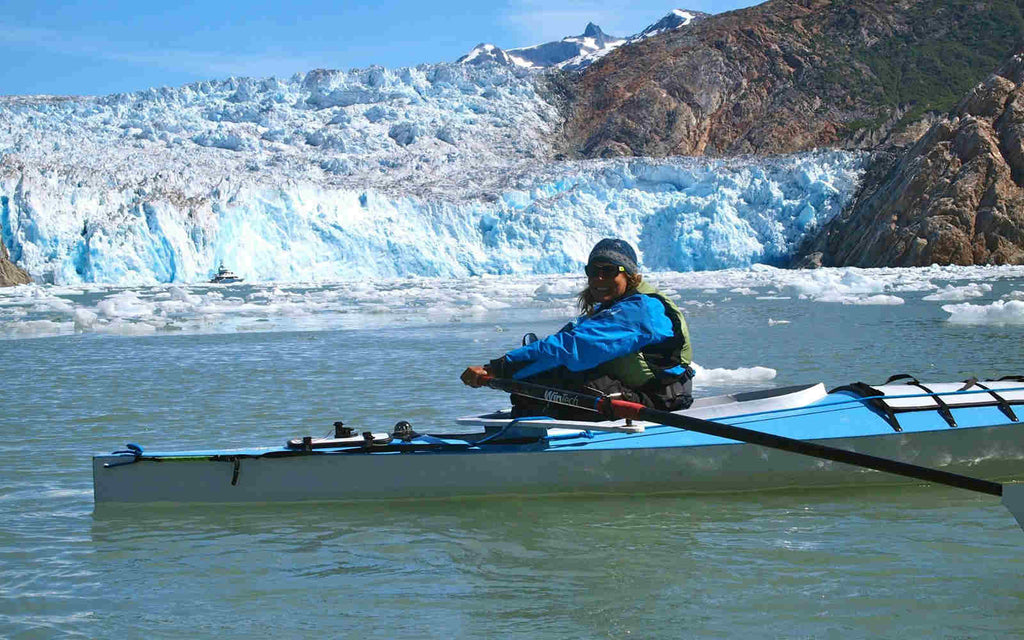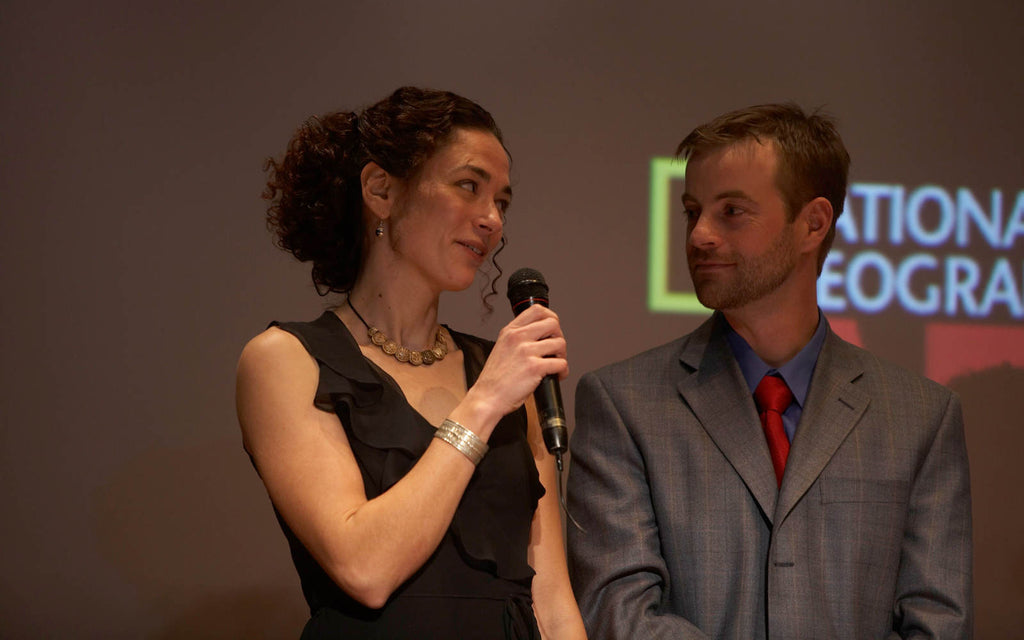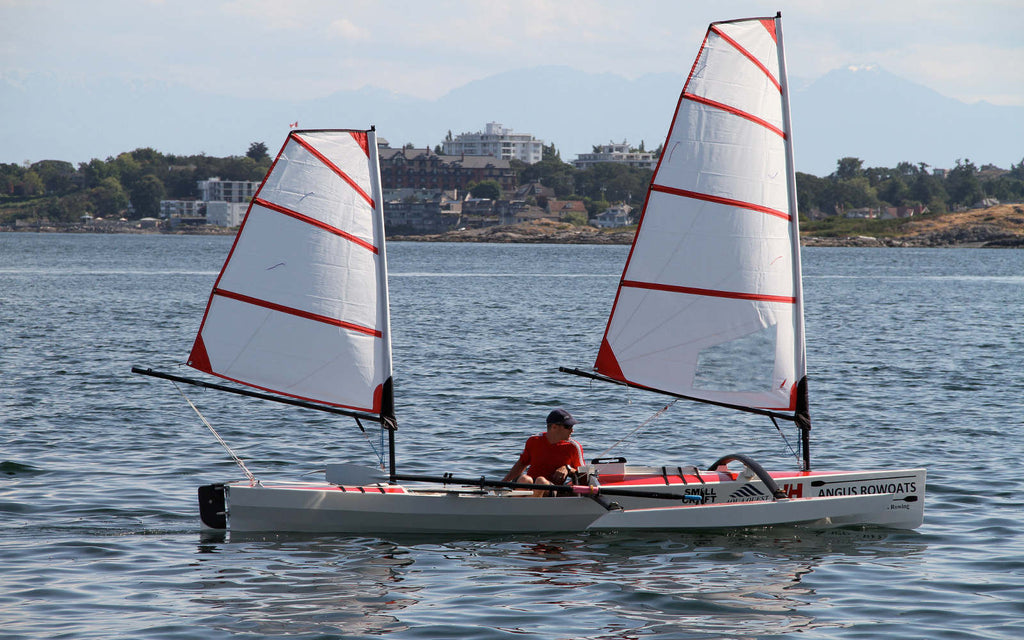by Angus Rowboats
Day 4 brought with it the winds that many boats have been wishing for, that and a little more. By this morning the winds have reached gale force, blowing at 30-40 knots and most boats sought out shelter so they could hunker down. Teams Nomadica (seen in the photo) and Heart of Gold made it through Seymour Narrows yesterday.
Read More
by Angus Rowboats
The teams are still going strong and have been slogging for 70 hours now. Of the small boats, team Discovery (trimaran in the photo) is the only one who’s made it through Seymour Narrows so far, giving Roger Mann a sizable and potentially permanent lead. Teams Rush Away and Nomadica, are just passing Campbell River, which is about 35 miles behind Discovery. But they need to wait for slack tide at Seymour Narrows in order to go through, which is at 3 pm and then again at 10 pm.
Read More
by Angus Rowboats
The small boats are still going strong, but the big sailboats have finally taken the lead, buoyed by the appearance of some winds and their ability to go non-stop. Of the boats under 20’, Team Discovery, a 19’ trimaran is in the lead, sailing alongside a handful of 20-30’ boats that are just west of Texada Island on the morning of day 3. Nomadica, a 17’ trimaran, is not far behind
Read More
by Angus Rowboats
After an eventful first day of the R2AK with winds reaching 50 knots causing broken masts, broken booms, capsized boats, rescued boats, and hypothermia, 9 boats were out of the race. They call the Port Townsend to Victoria leg the qualifying leg, but this was a little over the top. Nonetheless, there are still 34 boats in the full race to Alaska, including 13 that are less than 20’ long.
Read More
by Angus Rowboats
We’re happy to see that Julie and Colin's documentary Rowed Trip is featured in the 2017 Adventure Travel Film Festival. Rowed Trip documented Their seven-month rowing and cycling journey from the top of Scotland to Syria. On this journey they used two Expedition Rowboats and voyaged the canals and rivers throughout the UK and Europe.
Read More
by Angus Rowboats
3 Comments
We’re always proud to hear back from customers who have constructed our boats in far corners of the planet, and we often hear about incredible voyages taking place on almost all continents (we’re still waiting for someone to build one in Antarctica!).
Read More
by Angus Rowboats
We are pretty thrilled to have had our boats used as part of this gargantuan expedition. In September 2012 Caroline Van Hemert and Patrick Farrell completed one of the most challenging and intriguing human-powered journeys in recent times. Beginning in Bellingham, Washington, they rowed, paddled, skied and trekked 7000 km entirely off road to Kotzebue Alaska.
Read More
by Angus Rowboats
Sheena Miller and Leland Clarke rowed 2,200 km from Victoria BC all the way up to Glacier Bay Alaska in two Expedition Rowboats they build themselves. Their journey took them up the coast of Vancouver Island, through the Great Bear Rainforest, and through the labyrinth of channels leading to the terminus of the Inside Passage.
Read More
by Angus Rowboats
Jacob Beckley is committed to raising awareness and support for childhood cancer. His latest expedition to draw attention to the cause was to row solo across Lake Michigan in an Expedition Rowboat. To accomplish this he not only build his first boat but learned to row. On Oct 3, 2016 he set off from Michigan and began rowing the 65 miles towards Chicago. Within 24 hours he successfully completed his crossing.
Read More
by Colin Angus
There is an array of electronic devices that can be used in small boats for navigation. Until recently, the handheld GPS has been our primary choice. While a plotter GPS is a great tool, it is typically not practical in small human powered boats due to its weight and electrical requirements.
Read More
by Colin Angus
8 Comments
A rowboat auto pilot is something I had not previously considered, but during my solo voyage participating in the Race to Alaska the Raymarine ST1000 auto pilot helped significantly. With the sailing RowCruiser weighing only a little more than a Laser dinghy, incorporating a self-steering system posed several challenges.
Read More

